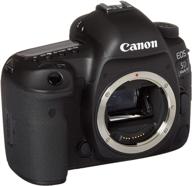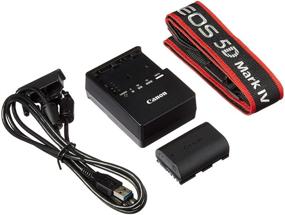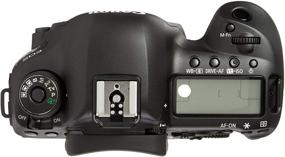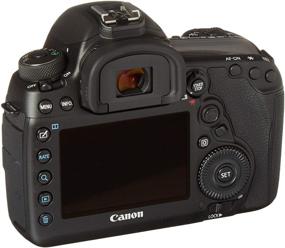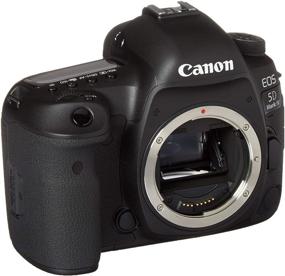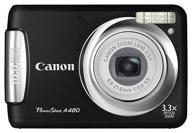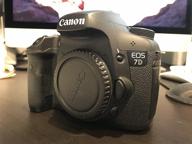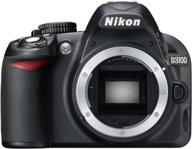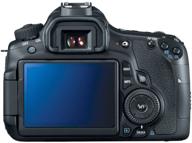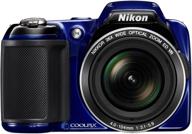Due to limitations on the recording format and a lack of crucial information, video capabilities are still merely show-stoppers; if you need a competent video camera, it is preferable to look at specialized options like Blackmagic Pocket or Panasonic GH.
Even with native LP-E6N batteries, the camera is quite hard on their quality. It would appear that technology is developing and electronics are consuming less, but not from Canon. A typical minimum for a photo is 4-5 pieces every day.
The camera, like the 5DSR, often captures still images at shutter speeds of 1/200 and below; with telephoto lenses, you must increase the ISO to avoid blurs. Additionally, if you have lenses from the previous generation or older, the image will be soggy at 30 megapixels, therefore you will need to upgrade your optics.
Canon's matrices continue to lack a technological advance, offer the same respectable colors at ISO settings up to 1600, and include the same harsh software "improvements" as before. The image is pretty lovely and "proprietary" at low ISOs. The advantage over rivals is the default color rendering.
Since I've personally seen new copies of cameras with defective motherboards that either hung with artifacts on the screen while recording a video or did not exit sleep mode (this is when the camera is turned on for some time, falls asleep), I strongly advise purchasing cameras when they're first released in stores and testing them as actively as possible within the first 14 days. Additionally, if difficulties arise during the first 14 days, request an exchange as there is a good chance the main board is defective.


